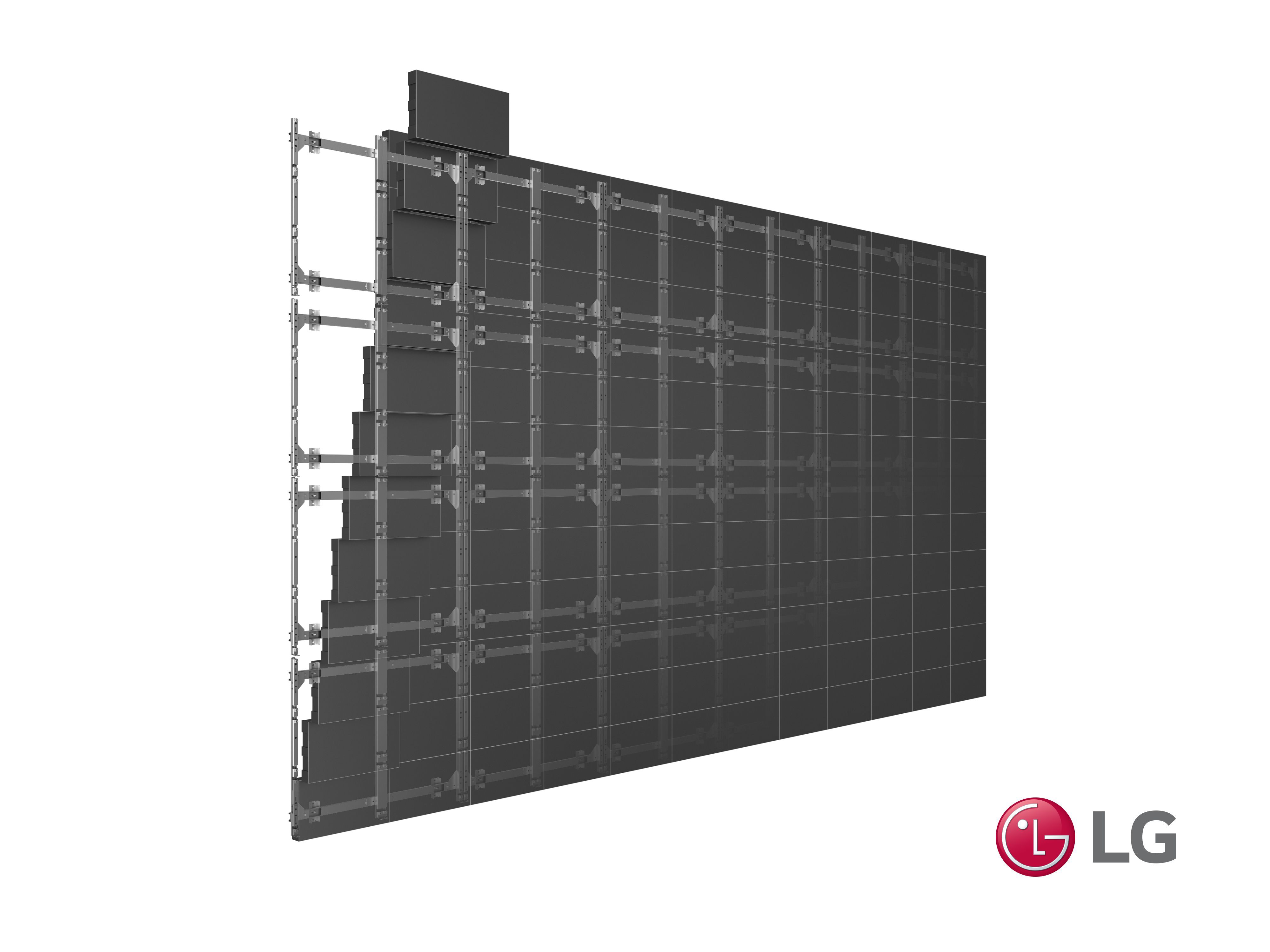Investigating the Durability of LED Display Screens in Comparison to Conventional Display Methods
Investigating the Durability of LED Display Screens in Comparison to Conventional Display Methods
Blog Article
Light-emitting diode wall screens have grown increasingly favored in current years, especially in environments like educational institutions, businesses, and public areas. These screens use LED diodes (LEDs) to produce vivid and vibrant visuals. One of the most notable advantages of LED innovation is its durability in contrast to traditional display technologies, such as CRT tube monitors (CRTs) and liquid crystal displays. Grasping the distinctions in duration and performance between these technologies can assist buyers make informed decisions about their screen requirements.
Traditional display methods, like CRTs, have been around for numerous years. They were commonly used in televisions and PC monitors. However, CRTs have a shorter duration, typically lasting approximately 10,000 to 20,000 hours of use. This means that after a couple years, users may observe a decline in image clarity, such as dimming or hue deformation. In contrast, LED panel screens can last significantly longer, frequently exceeding 50,000 hrs. This extended lifespan means that consumers can experience consistent performance without the requirement for frequent substitutions.
Another important aspect to take into account is energy conservation. LED panel screens consume less energy than conventional displays, which not only helps the ecosystem but also reduces electricity expenses. For instance, while a CRT monitor may consume around 100 W of energy, an LED panel can use as few as 30 to 50 W. This discrepancy in energy usage contributes to the overall durability of LED technology, as reduced energy usage generates less heat. Excess thermal energy can damage electronic parts, resulting to a shorter lifespan for conventional screens.
In addition to their extended duration and energy conservation, LED panel panels also offer enhanced visual clarity. They offer more vivid colors and better differentiation, led display color adjustment methods making them perfect for various applications, from marketing to learning displays. The technology behind LED panels enables for a broader viewing perspective, meaning that visuals stay clear and vibrant even when seen from the side. This is a significant benefit over conventional displays, which often experience from hue distortion and reduced luminosity at wider angles.
In summary, the durability of LED panel panels compared to traditional screen methods is a key factor for consumers to consider. With durations that can surpass 50,000 hours, energy efficiency, and enhanced image quality, LED technology offers many advantages. As innovation continues to advance, LED wall panels are likely to turn even more common in multiple environments. Understanding these distinctions can assist individuals and organizations make better choices when investing in screen innovation, guaranteeing they get the optimal value for their needs.